When it comes to Sheet Metal Welding, you’re not just looking for a vendor; you’re looking for a partner who understands that the quality of the weld is paramount. We believe that excellence in welding is built on a deep respect for the materials and an unwavering commitment to process integrity.
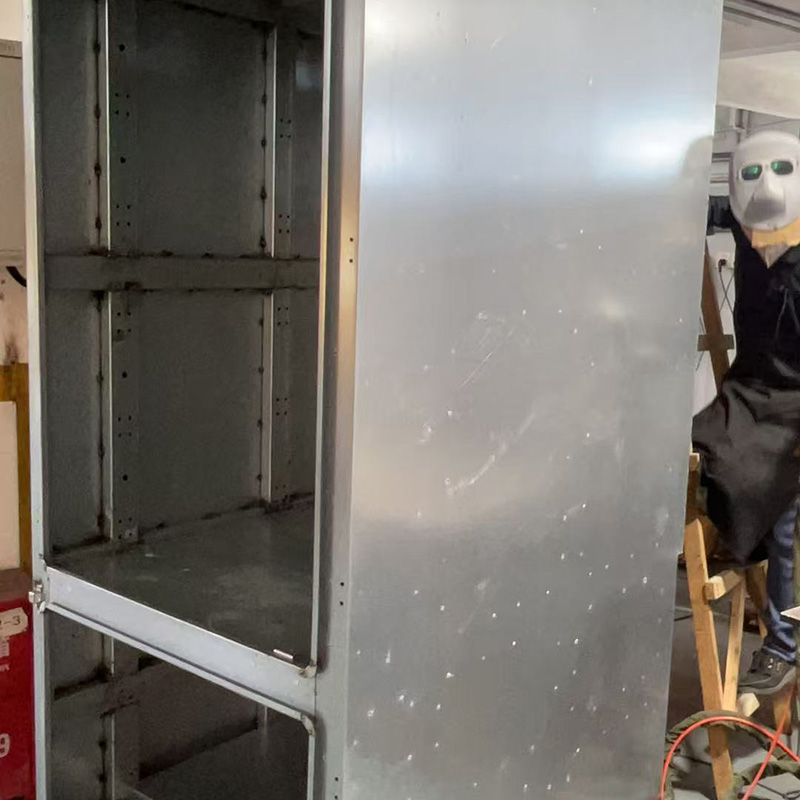
Material Synergy – The Foundation of a Perfect Weld: We know that a weld is only as strong as the understanding behind it. This starts with the materials themselves. As your own product knowledge emphasizes, we "prudently select appropriate welding processes and materials (including welding rods, wires, shielding gases, etc.) based on factors such as the material properties, thickness, shape, and operating conditions of the workpiece." This isn't a casual choice. It's a commitment to ensuring that "the chemical composition of the welding material accurately matches that of the workpiece material, thereby guaranteeing that the mechanical properties and chemical composition of the weld seam meet the design expectations." For instance, if we're working with stainless steel sheet metal, you can be sure that "welding wire with a composition similar to the stainless steel base material will be selected, and argon of suitable purity will be used as a shielding gas." Why such specifics? To "effectively prevent oxidation and corrosion of the weld seam." This meticulous approach applies whether we're dealing with robust carbon steels, reactive aluminum alloys, or specialized high-strength sheet metal.
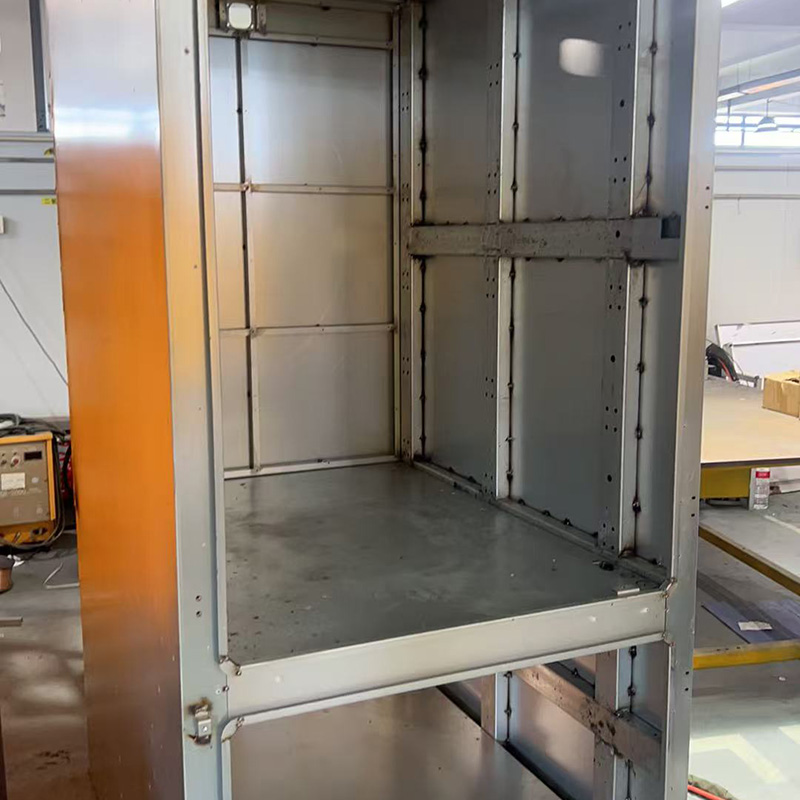
A Toolbox of Techniques, Applied with Insight: Your designs are diverse, and so is our Sheet Metal Welding toolkit. We’re not limited to a single method. Our expertise spans:
Manual Metal Arc Welding (SMAW): Valued for its versatility, especially in "complex shapes, single-piece or small-batch production."
Gas Shielded Arc Welding: Including highly efficient CO₂ Gas Shielded Arc Welding (excellent for "low-carbon steel and low-alloy steel...especially suitable for medium-thick and thin plates") and the precision of Argon Arc Welding (TIG & MIG). TIG is our go-to for "stainless steel, non-ferrous metals (like aluminum, copper, titanium and their alloys) where weld quality requirements are extremely high," while MIG excels in "thin plate high-speed welding and multi-layer welding of medium-thick plates."
Resistance Welding (Spot & Seam): The workhorses for "high-volume production of thin sheet structures like automotive bodies and electrical enclosures."
Laser Welding: For when "welding precision, speed, and quality requirements are extremely high," especially on "thin plate materials and micro-parts."
Plasma Arc Welding: Delivering "high energy density for materials like stainless steel, nickel-based alloys, and titanium," ensuring "excellent weld quality with a small heat-affected zone."
Stud Welding: A highly efficient method for "attaching threaded fasteners to sheet metal parts without pre-drilling."
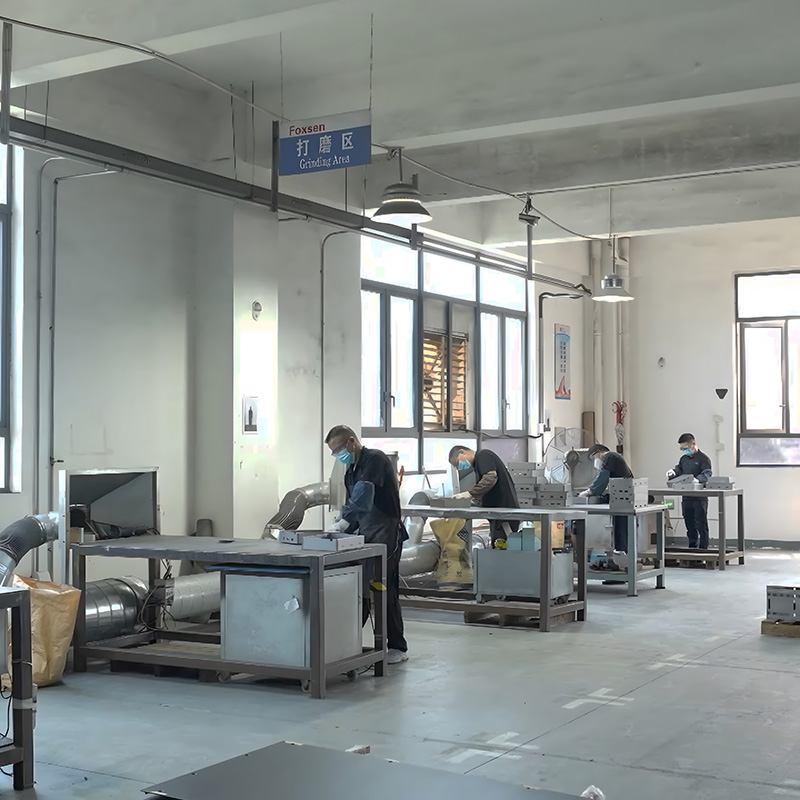
Our DNA: An Uncompromising Stance on Quality Control: We believe that a superior weld is the outcome of rigorous attention to detail at every single stage. It's not just about the final look; it's about the deep-seated integrity of the join.
The Clean Slate – Preparation is Key: We start every Sheet Metal Welding project with "comprehensive and thorough cleaning of the workpiece surface." Why? Because contaminants like "oil, rust, oxide scale, moisture, and other impurities...can easily lead to defects such as porosity, cracks, and slag inclusions." For highly reactive sheet metal such as aluminum alloys, we adhere to the best practice of "welding as soon as possible after surface cleaning to prevent re-oxidation."
Precision Fit-Up – Setting the Stage for Success: Before a single arc is struck, we ensure "strict workpiece assembly accuracy." This means that "joint gaps and misalignments must meet welding process specification requirements." Gaps that are too large can lead to "increased weld filler, exacerbated welding deformation, or even severe defects like incomplete penetration."
Mastering the Arc – In-Process Vigilance: During the Sheet Metal Welding process, our skilled technicians are not just operators; they are craftsmen. They make "real-time flexible adjustments to welding parameters such as current, voltage, welding speed, and gas flow according to the actual conditions like material properties, thickness, and welding position." For example, in manual arc welding, "as the weld seam extends and the electrode is consumed, the arc length may change, requiring timely and appropriate adjustments to the welding current and electrode angle to ensure uniform weld penetration and width." In gas shielded welding, we "strictly control the flow rate and purity of the shielding gas to prevent oxidation and porosity defects due to insufficient or impure gas supply."
Taming the Heat – Deformation Control Strategies: We know that heat introduces stress and potential distortion into sheet metal. That’s why, for complex assemblies, we "scientifically and rationally arrange the welding sequence." This often involves techniques like "symmetrical welding, segmented reverse welding, and skip welding to ensure uniform heating of the workpiece and minimize welding stress and deformation." For instance, when "welding a rectangular sheet metal frame, we might first weld the two diagonal seams, then the other two, employing a segmented reverse welding method for each seam."
Beyond the Surface – Verification and Validation: Our commitment to quality doesn't end when the arc extinguishes. "After welding is complete, weld spatter and slag are promptly cleaned." A thorough "visual inspection of the weld seam" checks for "dimensions (like width, reinforcement, leg size)" and surface defects. For critical applications, we employ "appropriate non-destructive testing (NDT) methods such as X-ray, ultrasonic, magnetic particle, or penetrant inspection." And we understand that "NDT should be performed at an appropriate time after welding to ensure the accuracy and reliability of the results, as delayed cracks may occur during the cooling process." If necessary, "post-weld heat treatment (PWHT)" such as "annealing, tempering, or normalizing" is meticulously applied to "optimize the weld metal's microstructure, eliminate welding stress, and improve the workpiece's dimensional stability and corrosion resistance."

When you're looking to invest in a Sheet Metal Welding service, you need clear, straightforward answers. Here’s how we address some common concerns, drawing from our deep experience and the principles outlined in your product knowledge:
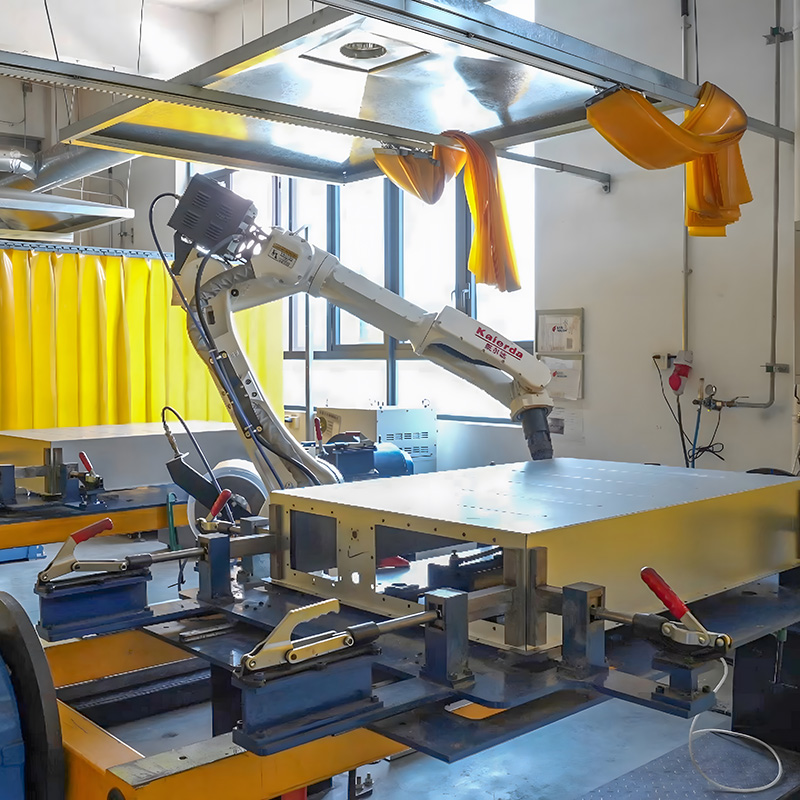
Q1: How do you really choose the right welding process for my specific sheet metal parts?A: It’s a very deliberate process. We don't just pick a method off a shelf. We first look at the sheet metal itself – its "material properties, thickness, and shape," as your knowledge base highlights. Then, critically, we consider the "operating conditions" – what will this part do in its final application? For example, TIG welding is often our choice for aesthetically critical welds on stainless steel or for achieving high-integrity joints in aluminum sheet metal because, as noted, it's ideal for "workpieces requiring extremely high weld quality and precise heat input control." Conversely, for its "relatively low cost and high welding speed," CO₂ welding is a strong contender for many carbon steel sheet metal structures.
Q2: Weld defects like porosity or cracks are a big concern. What concrete steps do you take to prevent them?A: Preventing defects in our Sheet Metal Welding is fundamental. It starts with "comprehensive and thorough surface cleaning" to remove every trace of "oil, rust, oxide scale, moisture." Then, it's about precise "workpiece assembly and positioning." During the weld, it's down to the skill of our welders in making those "real-time flexible adjustments to welding parameters" and strictly adhering to "welding operation techniques." For instance, with gas shielded processes like TIG or MIG, we "strictly control the flow rate and purity of the shielding gas." An insufficient or impure gas shield is a known cause of "oxidation and porosity defects."
Q3: I'm worried about warping, especially with complex sheet metal assemblies. How do you manage that?A: This is a classic challenge in Sheet Metal Welding, and we tackle it proactively. We "scientifically and rationally arrange the welding sequence." This means we often employ advanced techniques like "symmetrical welding, segmented reverse welding (分段退焊), or skip welding (跳焊)." Your knowledge base gives a great practical example: "When welding a rectangular sheet metal frame, one might first weld the two diagonal seams, and then the other two seams, using a segmented reverse welding method for each seam." This helps "ensure uniform heating and minimize welding stress and deformation." We also utilize "fixtures, locating pins," and can even "pre-set appropriate counter-deformation amounts."
Q4: My project involves some fairly thick sheet metal. How does your welding service approach that effectively?A: For thicker sheet metal, we typically use a "multi-layer multi-pass welding" technique. It’s not just about piling on weld material. We "scientifically and rationally select the welding parameters for each layer and pass" to ensure "good fusion between layers and effectively avoid defects like inter-layer non-fusion or slag inclusions." A critical detail here is that "the slag and spatter on the surface of the preceding weld layer must be promptly cleaned." Also, "the start and stop positions of each weld pass should be staggered by a certain distance to prevent arc crater cracks and poor joints." Controlling "inter-pass temperature" is also key to managing deformation.
Q5: How can I be truly confident about the internal quality of the welds, not just what I can see?A: Visual inspection is just the first step. After "post-weld cleaning and visual inspection" for surface consistency and correct "weld dimensions (like weld width, reinforcement, and leg size)," our Sheet Metal Welding protocol, especially for critical applications, mandates "appropriate non-destructive testing (NDT) methods." Your product knowledge correctly lists common techniques like "X-ray inspection, ultrasonic inspection, magnetic particle inspection, or penetrant inspection." Importantly, NDT is "performed at an appropriate time after welding... because the welded joint may develop hidden defects such as delayed cracks during the cooling process." Any internal issues are then meticulously repaired and re-inspected.
Q6: My parts need to retain or achieve specific material properties after welding. Can you help with that?A: Absolutely. We understand that the intense heat of Sheet Metal Welding can alter the sheet metal's microstructure. For components where "post-weld joint performance requirements are high, welding stress is significant, or the workpiece material has special requirements," we offer "post-weld heat treatment (PWHT)." Common methods include "annealing, tempering, or normalizing." The specific "heat treatment process parameters (such as heating temperature, holding time, and cooling rate) are scientifically and rationally selected and strictly and accurately controlled" based on the sheet metal type and your design to "optimize the weld metal's microstructure, eliminate welding stress, and enhance the workpiece's dimensional stability and corrosion resistance."
Q7: What kind of range are we talking about for sheet metal materials your welding service can handle?A: Our Sheet Metal Welding capabilities are broad. We regularly work with various grades of steel, including "low-carbon steel and low-alloy steel" (where CO₂ welding is often a cost-effective choice), and all types of "stainless steel" (typically using TIG with "argon of appropriate purity to prevent oxidation and corrosion"). We have extensive experience with "aluminum, copper, titanium, and their alloys," often using TIG or MIG. Our proficiency extends to "difficult-to-fuse metals and high-strength alloys," where processes like Plasma Arc Welding shine. The guiding principle, as your data states, is always the "precise matching of welding consumables to the base sheet metal properties" to ensure optimal weld integrity.
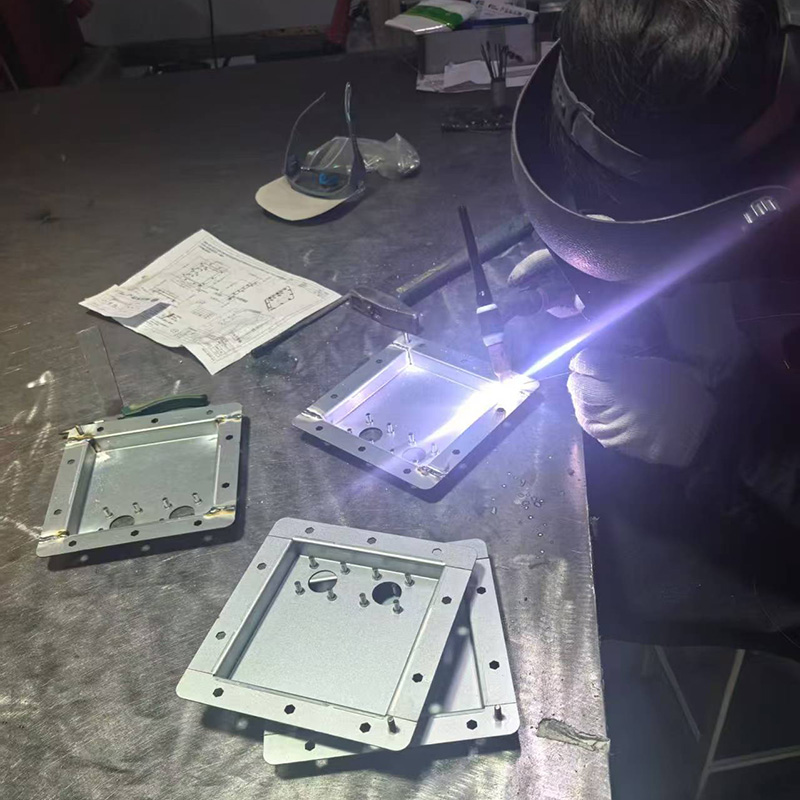
In the dynamic field of sheet metal fabrication, the weld is more than just a join; it's a commitment to strength, durability, and performance. Our Sheet Metal Welding service is built on a deep-seated understanding of materials, meticulous attention to process, and an unwavering dedication to quality. We don't just apply heat; we apply decades of collective experience and a genuine passion for getting it right. Whether you're creating intricate sheet metal enclosures or heavy-duty structural components, we bring the same level of focus and expertise.
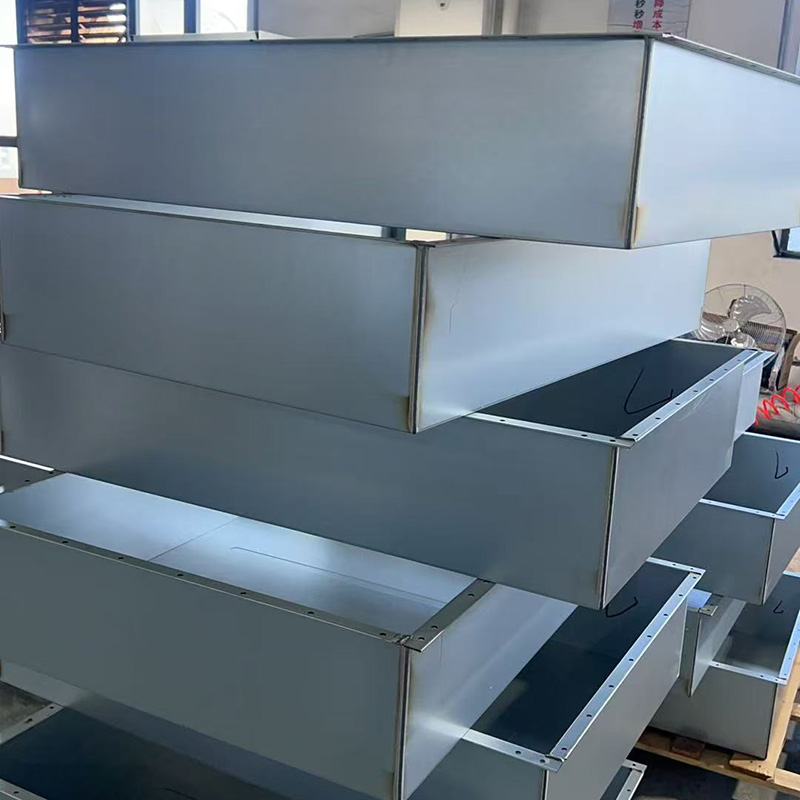
Partner with us, and let's ensure your Sheet Metal Welding needs are met with precision, insight, and the human touch that turns good designs into exceptional products. We're ready to discuss how our dedication to the art and science of welding can elevate your next project.
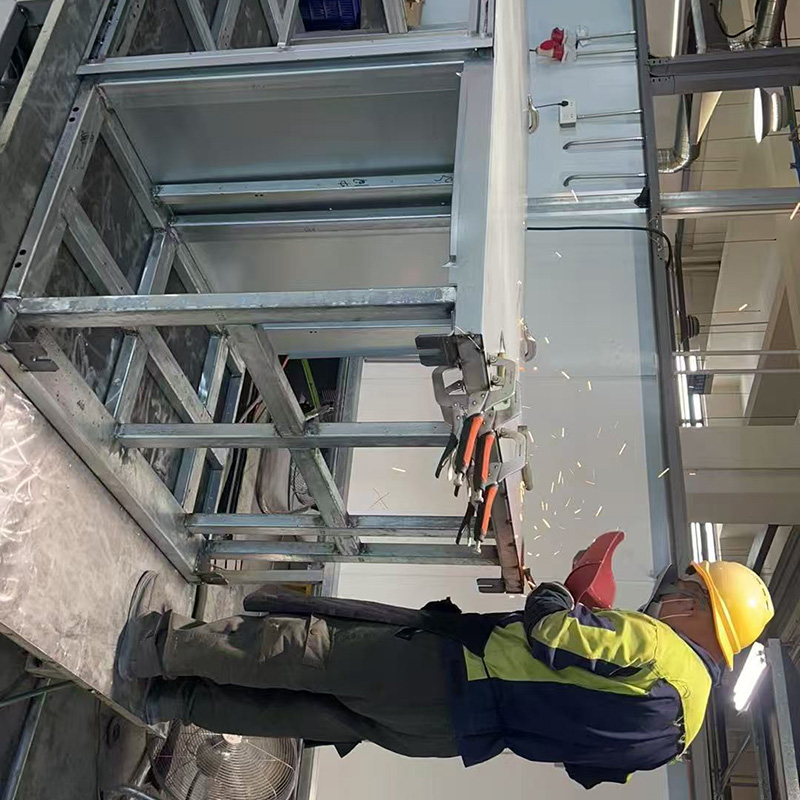

Rich experience:Over 16+ years experience in sheet metal fabration products

FOXSEN Strong QC team to ensure 100% inspection before shipment.

Our services include design, prototyping, tooling, and finishing, providing a one-stop solution for your sheet metal fabration parts needs.

Professional sheet metal production management MES ensure on-time delivery of products.

We have professinal experienced team of technicians and excellent processing equipment

Automation equipment and Softing tooling reduce production costs improve product cost-effectiveness